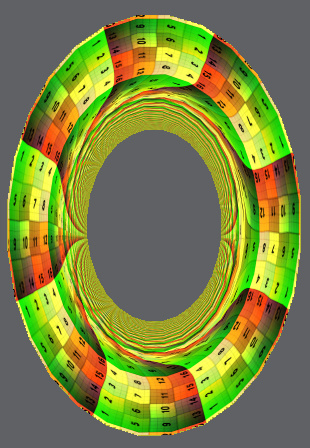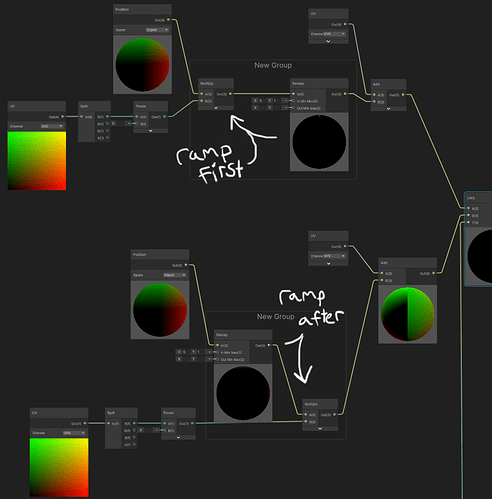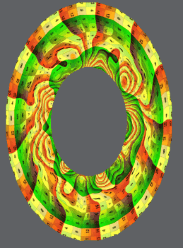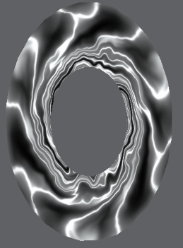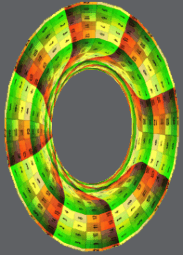
my goal was to feather distortion along a revolved plane
- interior 100% distortion, while perimeter would have none
- It encountered a happy accident, the texture ‘twirled’ and I loved it.
I thought I grasped how/why : single Red channel passing into R+G(UV) thus red would ramp = swirl…
I confirmed by adding Green and that removed the twirl
then I wanted to see if isolating the multiply after remap changed that …Investing discovered the order_of_opertaions changes the outcome profoundly!
i use a LERP to slide between the two styles (they feed into a UV node additively)
I really want to understand this, a wealth of power is here in terms of falloff/vortex motion but If only i could grasp what is happening and not doing things through trial and error.
the issue is here…
how is this working, can anyone link to a relatable break this down in ELI5 (explain like I’m five) some basic sketch, math, analogy?
** I do have a hypothesis… the two are identical but the math after is simply ‘zoomed out’ (or ‘zoomed in’ so-to-speak)… can anyone confirm/deny this idea?
[edit] no that can’t be right… re factoring the values the first operation is very different
